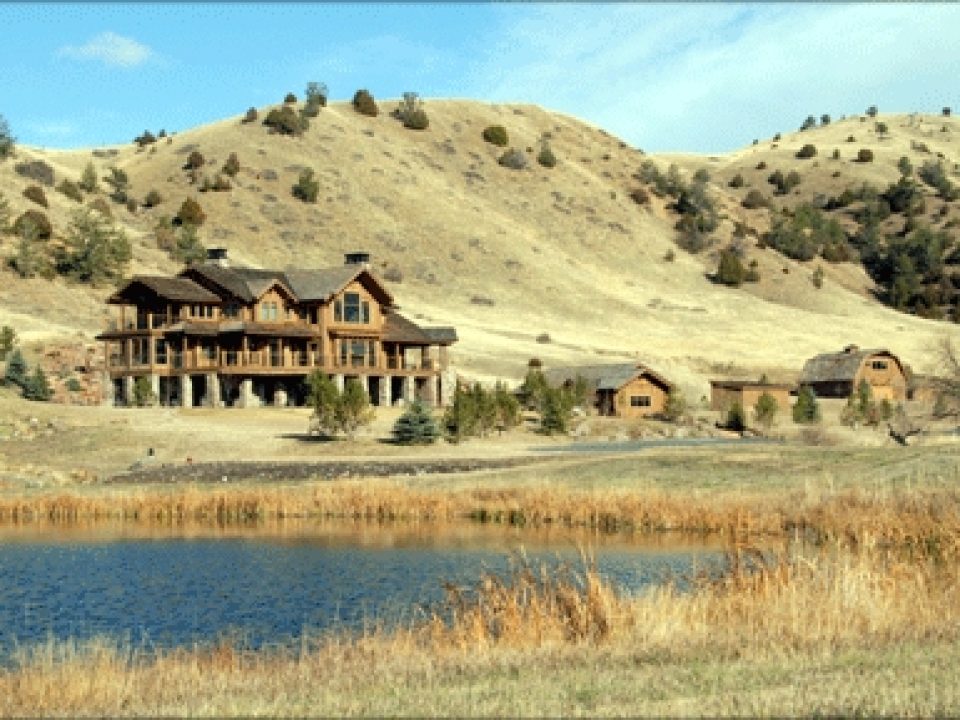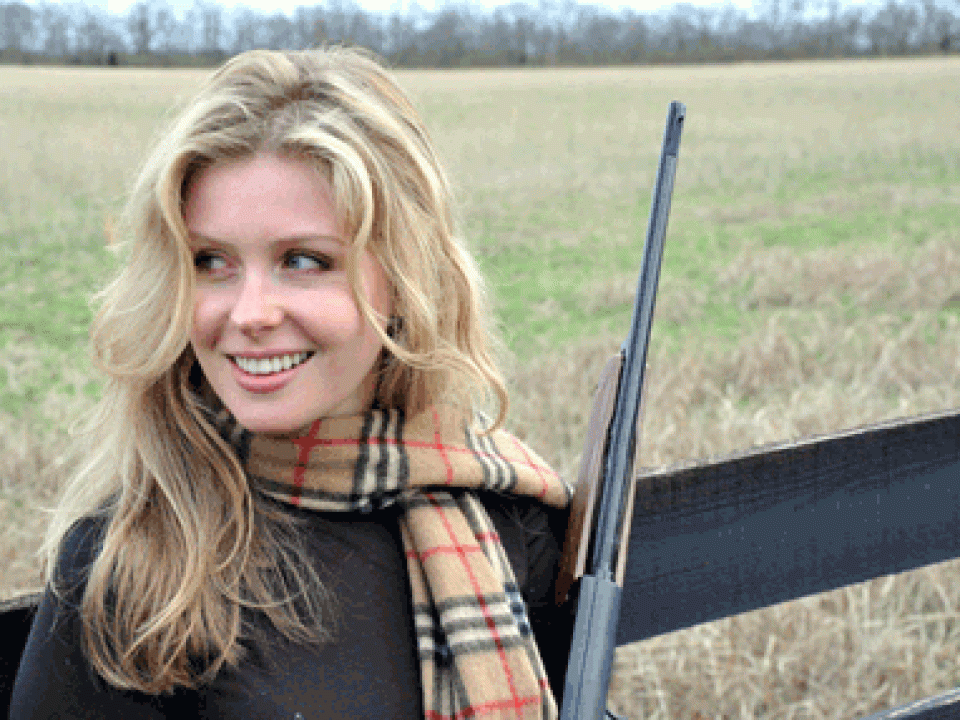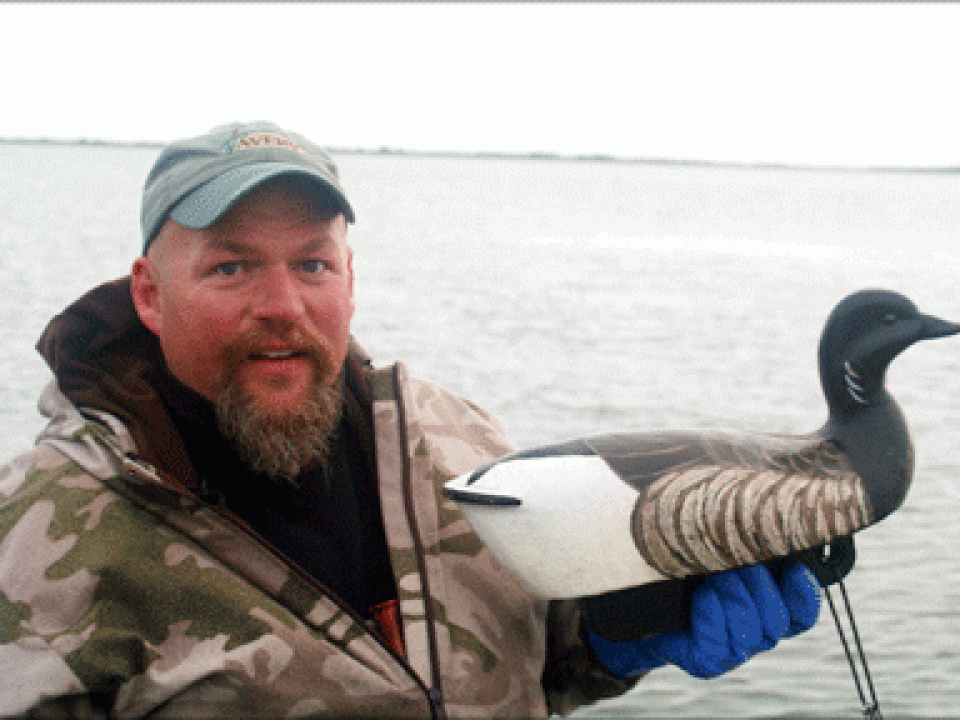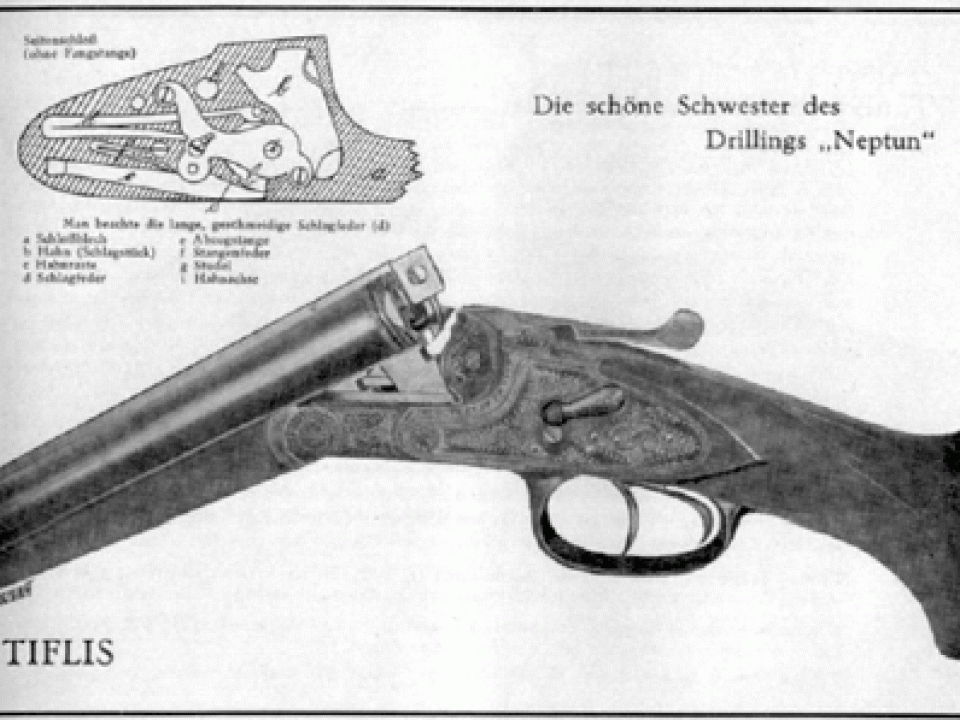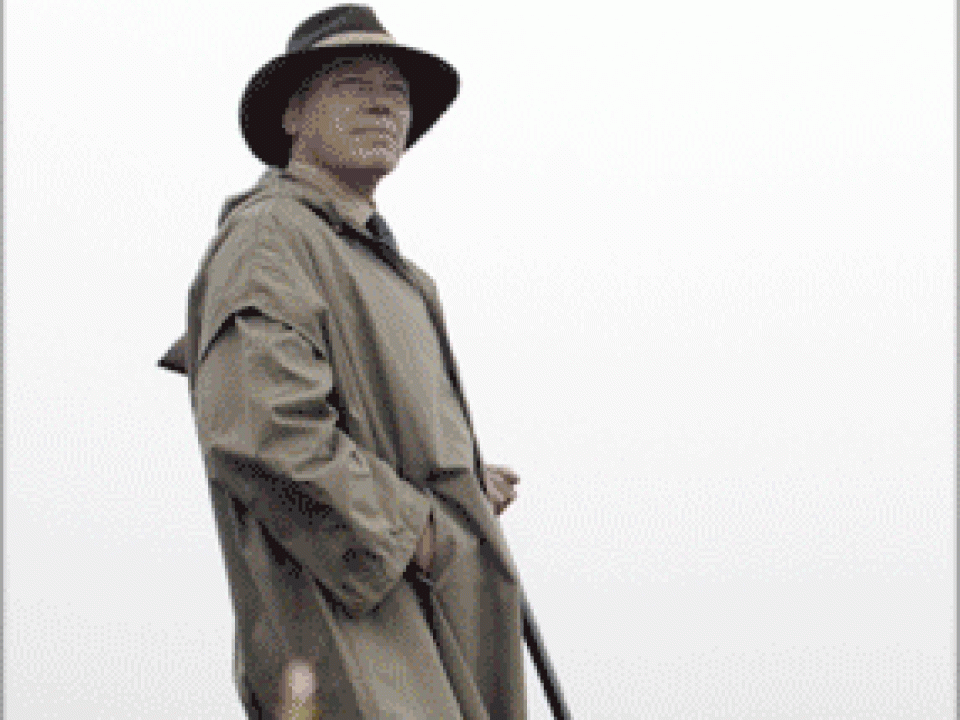Georgia Pellegrini stands at the crossroads of the Upper East Side in Manhattan and the Lazy Triple Creek Ranch in the Big Hole Mountains of Idaho.
A Harvard and Wellesley alum, she takes to the fields with a 20-gauge shotgun ready to bag any game bird, as part of her quest to fuse hunting with haute cuisine.
One prong of her culinary mission is to upend the metropolitan revulsion of fresh-killed ingredients taken by thine own hand. Grass-fed buffalo from New York’s Ottomanelli’s Butcher Shoppe is splendid, but if you really want to sit down to some real, honest meat Georgia suggests you start with buying a shotgun and a box of shells.
Of the 13 million American women with the ability to show off a freezer full of elk and venison that they personally harvested, it’s Georgia’s contradictions that make her unique in the tribe of female hunters.
A former cubicle dweller with Lehman Brothers, which was vilified for sparking the mortgage meltdown, Georgia now devotes her life to the little guy – the mavericks who live off the grid hand-crafting artisanal foods.
While strangers expect to find her strutting the runway in Alexander McQueen and Jimmy Choo, you’re more likely to find her shooting over dogs in Filson and Le Chameau.
And her role of chef-as-hunter forges a new media spectrum currently neglected by the likes of The Food Network, the Outdoor Channel and the Today Show.
From her unique cultural junction, we can expect Georgia to rally the next wave in the locavore movement here in the U.S. Started in Europe, the strict interpretation of locavore cuisine demands food culled within earshot of the village church bell. In countries such as Italy and France, the audible perimeter virtually ensures food untouched by the maws of industrial farming and slaughterhouse assembly lines.
You can savor locavore dining today in white-table-cloth restaurants devoted to the daily, backdoor delivery of regional ingredients. Georgia, meanwhile, is adding pride of the pursuit into the locavore movement by hunting the meat herself – and advocating the same sense of duty by fellow carnivores. For hunters who spend half the year in camo, there are no surprises here. But the sudden revelation of this Ivy League stunner slitting the throat of a fresh Tom can render a Jean-Paul Gaultier fashionista wickedly speechless.
GIF


Georgia Pellegrini
Armed with her trusty CZ 20-gauge, Georgia has taken her fair share of quail, dove and turkey in a quest for the freshest fare. Give her a rifle and she’ll track down a hog for a savory repast reminiscent of Sunday suppers at grandma’s.
“So many chefs are focused on food pyrotechnics and the food often suffers as a result,” she said. “Keep it simple and let the ingredients speak for themselves.”
Georgia’s affirmation of simple, flavorful cooking complements the barbequed pheasant hunters proudly serve with a sly grin that dares you identify their secret ingredient. In her own twist on the preparation, Georgia substitutes the slathering of Oscar Mayer bacon strips bought at the supermarket with her recipe for homemade bacon from dry-cured pork belly, sugar and kosher salt.
The bacon recipe was inspired by a boar roast she attended. As she wrote on her blog on ESPNOutdoors.com:
The first time I saw a wild boar smoking slowly under the soot-blackened eaves of a dome-shaped grill I was mesmerized. I was standing 100 yards from the banks of the Mississippi, deep in the beating heart of the Arkansas Delta.
The body of the pig was cloaked in thick slabs of bacon which were coated in thick layers of molasses and the whole thing oozed and dripped onto a tray of cut green apples.
The mere sight of the animal left a permanent imprint on my brain, and the taste set into motion my quest to relive that culinary experience as many more times as I could in one lifetime.
“The reason I started hunting was to use every part of the animal” including the offal such as liver, heart and brains, which she described as “delicious,” during an online radio interview on ESPNOutdoors.com.
When we caught up with Georgia via phone she was in the very non-offal city of Berkeley, California – home to Alice Waters’ restaurant, Chez Panisse – the birthplace of the American locavore sensibility. Berkeley is the third point in her constellation of residences that includes Manhattan and the family farm where she was raised in New York’s Hudson Valley.
From Berkeley it’s a quick drive across the Carquinez Bridge to the finest wine terroirs in the country: Napa, Sonoma and Cry Creek. And America’s most highly acclaimed restaurant is also there, The French Laundry – along with other not-too-shabby eateries including Bistro Jeanty, Dry Creek Kitchen, Tra Vigne and Mustards Grill.
Berkeley was Georgia’s West Coast base of operations for the research on her second project called The Girl Hunter. The agent-brokered package of book and TV show teams Georgia with seasoned hunters in locales where she cooks their quarry hauled back to the lodge kitchen. The Girl Hunter follows on the heels of her first book titled Food Heroes: Tales of 16 Artisans Preserving Tradition slated for publication in the fall of 2010 by H.N. Abrams.
If you haven’t heard of Georgia Pellegrini yet, the trajectory of her rising star seems destined to make her a household name in the kitchens of every American hunter and (hopefully) subway rider.
The gig at ESPNOutdoors, her own award-winning blog, the books and possible TV show, an appearance on Fox TV, all serve as outlets for her message.
“The success of any food culture lies in preserving its artisan foods. These artisan foods are the foundation of a food culture, and upholding them are the small-scale culinary artisans who choose to make their products the traditional way, the slower way, and perhaps the less economical way, because they are passionate about their craft.”
Call it artisanal or simply homemade, her gastronomical journey started as a kid. In a local creek, she caught fresh trout for breakfast. Her great-aunt was an expert gardener. Her father raised honeybees and quince trees. There were always chickens running about. Her mother instilled the importance of healthy food on young growing bodies. And when it comes to her grandmother, Georgia’s blog pays homage with an entry…
She took care of me when I was young. She would pick me up from nursery school and bring me to her house and sit me at the end of her long wooden table so I could watch her cook. She cooked every day. She still does. And every day after nursery school she made me one of two things: pastina with butter, or broccoli with cheese. I can still taste them. The memory still nourishes my soul.
Georgia’s call to food ultimately proved as inescapable as her own DNA. After Lehman Brothers, she enrolled in the French Culinary Institute in New York City – graduating at the top of her class. She worked in two highly acclaimed restaurants, Gramercy Tavern and Blue Hill at Stone Barns, as well as in one of the premier destination restaurants in Provence, France, La Chassagnette. In fact, it was in the back of La Chassagnette that she slit the throat of her first live kill – a turkey – and then butchered it.
“I realized this is what it’s about to be a meat eater,” she told us.
Georgia is the first to admit that she came to hunting late in life. But at the end of the day, does it really matter?
As she writes on her ESPNOutdoors.com blog:
In life, you need few things. Everyone has their list. Mine includes a shotgun, good whiskey or a smooth Cabernet, a butcher and an open flame.
Here is Georgia’s recipe for Braised Pheasant…
Pheasant, quartered | 2 |
White wine | 4 cups |
Sauternes | 1/2 bottle |
Verjus | 1/2 cup |
Onions | 2 cups, diced |
Carrots | 1/2 cup, chopped |
Celery | 1/2 cup, chopped |
Leeks | 1/4 cup, chopped |
Thyme | 2 sprigs |
Bay leaves | 2 |
Parsley | 1/2 bunch |
Tarragon | 2 sprigs |
Bacon, cut into 1” cubes | 1/2 cup |
Honey | 2 tablespoons |
Chicken stock | 12 cups |
1. Heat the white wine and sauternes and cool.
2. Marinate the pheasant parts in wine and vegetables overnight.
3. In a hot pan, brown the pheasant. Then remove the meat from the pan and add vegetables and bacon.
4. Separately, heat marinade to a boil with chicken stock.
5. Deglaze the pan of vegetables with verjus, return the meat to the pan and cover with the heated braising liquid. Bring to a simmer.
6. Let simmer for 60 – 90 minutes, until meat is tender. Reduce some of the braising liquid by half and serve as a sauce.
Irwin Greenstein is the Publisher of Shotgun Life. You can reach him at letters@shotgunlife.com.
Helpful resources:
http://georgiapellegrini.com
http://sports.espn.go.com/outdoors/kitchen/
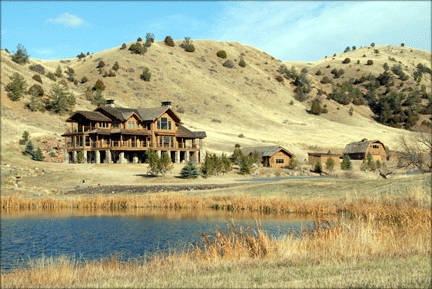 The Gray Cliffs Ranch Lodge[/caption]
The Gray Cliffs Ranch Lodge[/caption]
